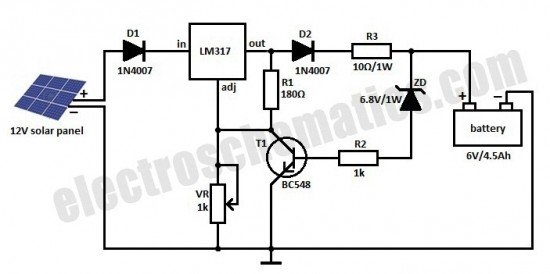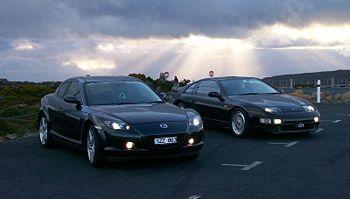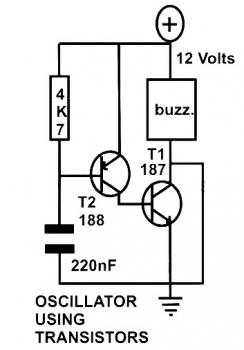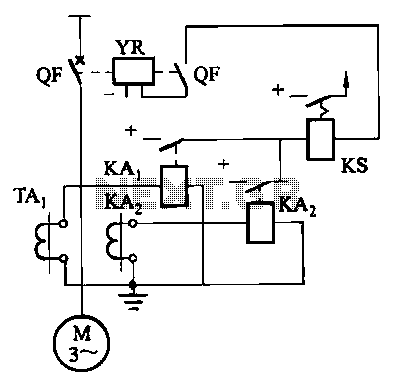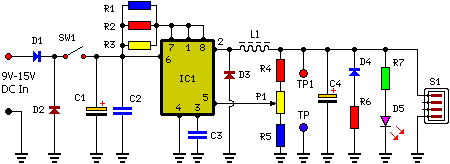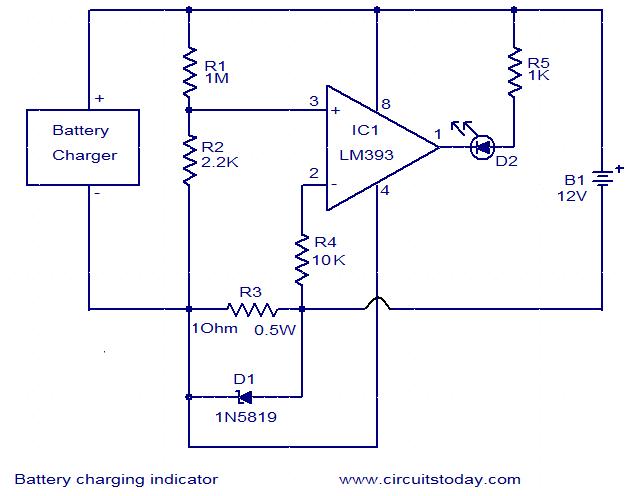
Cellphone Charger Using Bike Battery
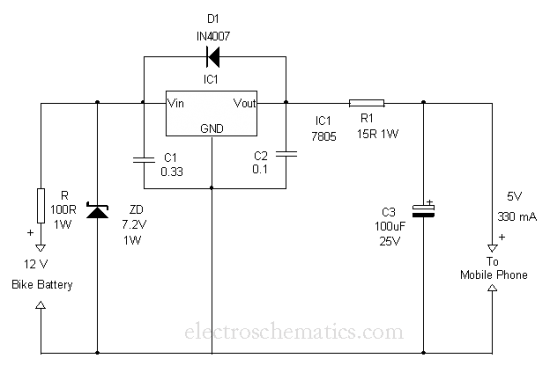
This is a simple and easy method to extract current from a motorcycle battery to charge a mobile phone. Most mobile phone battery packs consist of three 1.2 V cells.
To effectively tap current from a motorcycle battery for mobile phone charging, a circuit design is required that ensures safe and efficient voltage regulation. The motorcycle battery typically operates at a nominal voltage of 12 V, which is higher than the voltage required for charging most mobile phones, usually around 5 V.
To achieve this, a buck converter or a linear voltage regulator can be employed. The buck converter is preferred for its efficiency, especially when dealing with higher current loads. The circuit will consist of the following main components:
1. **Input Protection Diode**: A Schottky diode should be placed in series with the battery to prevent reverse current flow, which can damage the battery or the circuit.
2. **Buck Converter Module**: This module will step down the voltage from 12 V to 5 V. It typically includes an inductor, switch (MOSFET), diode, and a capacitor. The duty cycle of the switch is controlled to maintain the desired output voltage.
3. **Output Capacitor**: A capacitor at the output of the buck converter helps smooth the voltage and provides stability during load changes.
4. **USB Output Port**: A standard USB port can be integrated into the circuit to allow for easy connection of mobile phone charging cables. The port should be rated to deliver the required current, typically 1A to 2.1A, depending on the mobile phone's charging specifications.
5. **LED Indicator**: An LED can be included to indicate when the charging circuit is active, providing a visual confirmation that the mobile phone is being charged.
6. **Fuse**: A fuse should be added to protect the circuit from overcurrent situations, ensuring safety during operation.
This circuit design allows for a straightforward and efficient method to charge mobile phones using a motorcycle battery while ensuring that the components are adequately rated for the current and voltage levels involved. Proper PCB layout and component selection are crucial for minimizing losses and ensuring reliability in the charging process.This is the simple and easy way to tap current from a Motor Bike battery to charge the Mobile Phone. Most of the Mobile Phone battery pack has three 1.2 vo. 🔗 External reference
To effectively tap current from a motorcycle battery for mobile phone charging, a circuit design is required that ensures safe and efficient voltage regulation. The motorcycle battery typically operates at a nominal voltage of 12 V, which is higher than the voltage required for charging most mobile phones, usually around 5 V.
To achieve this, a buck converter or a linear voltage regulator can be employed. The buck converter is preferred for its efficiency, especially when dealing with higher current loads. The circuit will consist of the following main components:
1. **Input Protection Diode**: A Schottky diode should be placed in series with the battery to prevent reverse current flow, which can damage the battery or the circuit.
2. **Buck Converter Module**: This module will step down the voltage from 12 V to 5 V. It typically includes an inductor, switch (MOSFET), diode, and a capacitor. The duty cycle of the switch is controlled to maintain the desired output voltage.
3. **Output Capacitor**: A capacitor at the output of the buck converter helps smooth the voltage and provides stability during load changes.
4. **USB Output Port**: A standard USB port can be integrated into the circuit to allow for easy connection of mobile phone charging cables. The port should be rated to deliver the required current, typically 1A to 2.1A, depending on the mobile phone's charging specifications.
5. **LED Indicator**: An LED can be included to indicate when the charging circuit is active, providing a visual confirmation that the mobile phone is being charged.
6. **Fuse**: A fuse should be added to protect the circuit from overcurrent situations, ensuring safety during operation.
This circuit design allows for a straightforward and efficient method to charge mobile phones using a motorcycle battery while ensuring that the components are adequately rated for the current and voltage levels involved. Proper PCB layout and component selection are crucial for minimizing losses and ensuring reliability in the charging process.This is the simple and easy way to tap current from a Motor Bike battery to charge the Mobile Phone. Most of the Mobile Phone battery pack has three 1.2 vo. 🔗 External reference
Warning: include(partials/cookie-banner.php): Failed to open stream: Permission denied in /var/www/html/nextgr/view-circuit.php on line 713
Warning: include(): Failed opening 'partials/cookie-banner.php' for inclusion (include_path='.:/usr/share/php') in /var/www/html/nextgr/view-circuit.php on line 713
